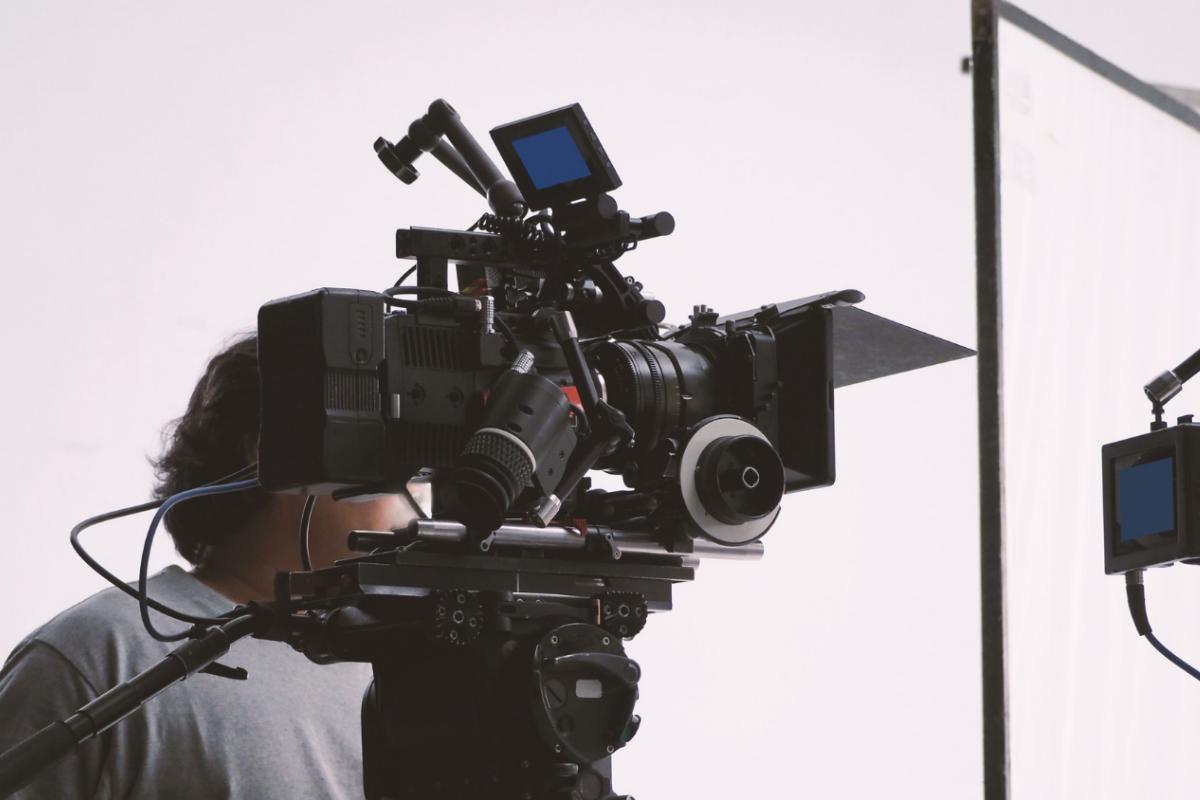5 Tips for Being a Great Grip

Grip staff on set is essential for any film production. The grip department is responsible for ensuring that large, heavy equipment is tough enough to stand up to crew tests without sacrificing safety. While a grip is one of the most physically demanding jobs on set, it is also gratifying. Our experts on grip equipment offer the following tips for being an outstanding grip and making the best of your career in the industry.
Camera department collaboration
The best grips in the film industry collaborate with their camera department to design supporting structures to attach to cameras for operations within the set confines. This collaboration includes the structuring or designing of car mounts and process trailers, cranes and jibs, and tracks and dollies that the crew will utilize throughout the entire production.
A grip's role requires securing rigging safely and guaranteeing proper operation with any associated equipment. In addition, a grip must have a natural awareness of the weight and balance of loads and anything that could potentially affect the load's stability.
Electric department collaboration
Taking on the role of a film grip requires preparing the director of photography and the electric department adequately for the manipulation and shaping of light on the set. While grips do not operate the light fixtures, they do build the support rigs and stands that hold lighting structures. In addition, they are responsible for various manipulators, including flags, scrims, and rigging silks, that are used for adjusting lighting to meet the director of photography's demands.
Passive fill discipline
Your ability or reflect and bounce lighting in a grip role is essential. You will utilize tools like silks, reflectors, bounce boards, and other light diffusers to add light to darker illumination areas within a given shot.
Negative fill discipline
To be an effective grip, you also need to have a firm grasp of negative fill. This skill involves using scrims, flags, and other cutting tools to block out light and draw the viewers' attention to a subject in a frame. All grips should have a firm understanding of this technique.
Know the tools of your trade
Finally, the best grips completely understand the importance and function of the various tools required to do their job effectively. This includes items like headlamps, hats, gloves, and boots that grips can use on set to help ensure a solid, safe production.
Toolbox- The best grips keep their toolbox handy with all the tools necessary for gripping, like screwdrivers, wrenches, hex keys, players, and other critical equipment for building a set.
Headlamps- Effective grips will use headlamps to adequately light dark film sets while preparing light sources. Illuminating your path ensures visibility and safety on the production set.
Hats- Experienced grips are usually seen around the set wearing a billed hat to block the light from shining in their eyes.
Boots- Smart grips come prepared with sturdy work boots that offer ankle support and toe protection while working on the set.
Gloves: Great grips keep a pair of utility gloves handy to protect them when securing and carrying equipment on and off the set.
These are just a few tips for being the best grip you can be. Contact us today for more information on grip equipment rentals. We have everything you need to do your job right.